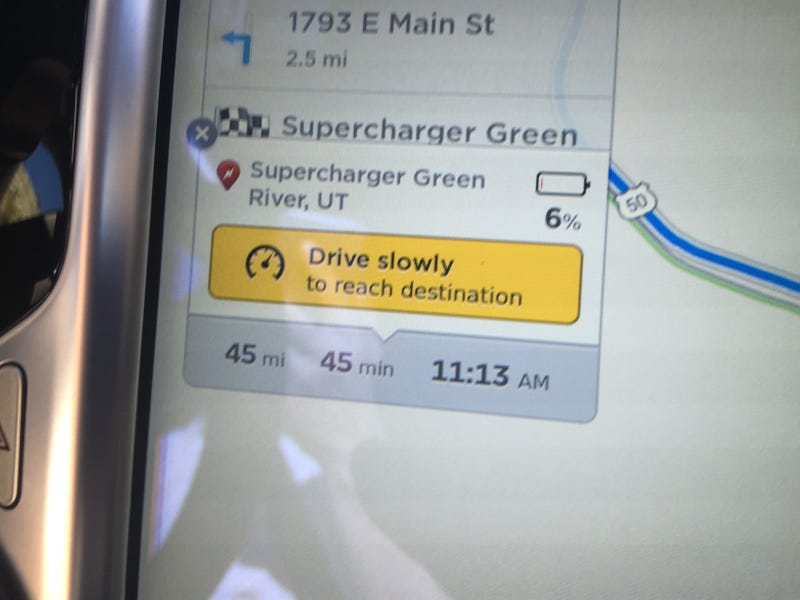Well, I had my first proper experience of “Range Anxiety” this weekend! We went up to Scotland (UK owner, here!) for some snowboarding, and the car (Tesla Model S) had performed faultlessly throughout, and charging all the way there and whilst there and been a doddle.
However, on the way home (London) the weather was pretty poor; heavy rain with standing water, around 2’C, at night and with a 20mph headwind. This is pretty much worst case range-wise; the cold weather reduces battery range, being at night and in the rain requires both lights and wipers, and of course both a strong headwind and standing water increase drag substantially. Add to that 3x motorway closures and the resulting diversions, and everything was working against us.
So we set off from Gretna Green Supercharger with around 220 miles of charge, aiming for Stoke Supercharger (Keele Services) 160 miles away. So we had 60 miles in hand. Soon it became apparent this was not enough, as the car advised to drive at 65mph, and then 60mph, to reach our destination. Realising this was cutting it a bit too fine, we then diverted to the more-northerly Warrington Supercharger, 136 miles away. Long story short, driving ultra-conservatively (64mph), no heated seats on, minimal air-con (heating) to stop the car misting up and even turning the headlights off so DRL-only on the lit sections of motorway, we eventually made it to Warrington with 6% (14 miles) battery range remaining! Needless to say, we were very relieved to get there!!
I don’t blame the car particularly, a combination of weather/road conditions and diversions were bound to reduce the range beyond the ‘Typical’ figure given. However, what I do question is how ‘typical’ this figure is? It strikes me that the range figure given as ‘typical’ is more likely ‘ideal’ in reality, and any deviation from those ideal parameters, be that speed, weather or road conditions can have a pretty dramatic impact on actual range!
Anyone else had a similar experience?!



